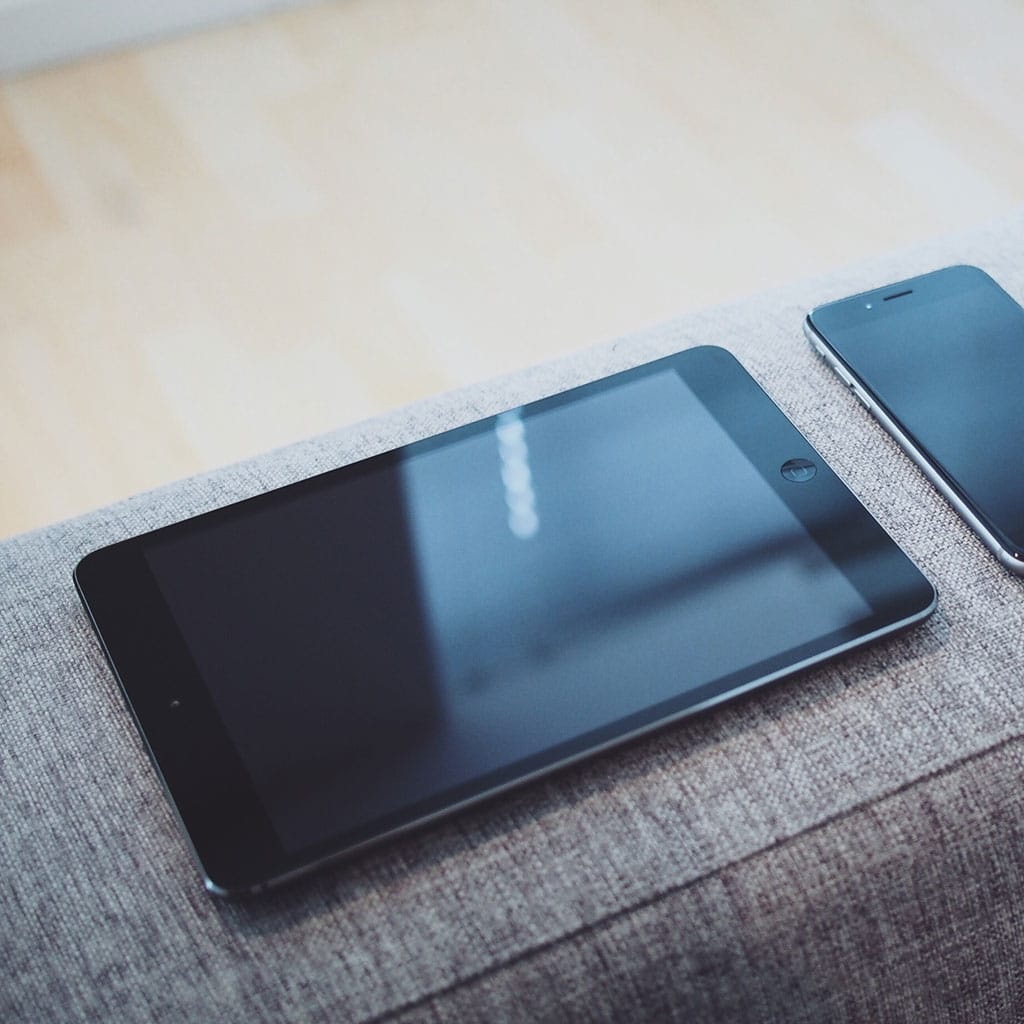How to turn off restrictions on iPad
How to turn off restrictions on iPad
Explore how to regain full access to your iPad’s functionality by turning off restrictions. Whether you’ve set limitations and now seek to remove them or want to ensure unrestricted use, learn the straightforward steps to navigate and disable restrictions effectively.
What does restriction mode on an iPad do?
Restriction mode on an iPad is a powerful feature that enables users, particularly parents or guardians, to exercise control over various aspects of the device’s functionality. It serves as a comprehensive parental control tool, allowing users to limit access to explicit content, restrict certain apps, and manage purchases. To activate restriction mode, users set up a restrictions passcode, distinct from the device passcode, that grants access to the settings governing these controls.
With restriction mode enabled, users can regulate access to explicit content such as adult websites, mature movies, and explicit music. This ensures that the iPad remains a safe environment, especially for younger users. Additionally, built-in apps can be individually controlled, enabling parents to decide which ones their children can access. This feature extends to app installations and in-app purchases, preventing unauthorized downloads and accidental or unnecessary expenses. Moreover, restriction mode allows control over screen recording and content rating settings, maintaining a balanced and age-appropriate digital experience for users of all ages. Overall, restriction mode on an iPad acts as a versatile tool for fostering responsible device use, tailor-made for families seeking to strike the right balance between exploration and safeguarding.
Instructions for disabling restrictions on an iPad
Certainly, here’s a detailed guide on how to turn off restrictions on your iPad:
- Accessing Restrictions: To disable restrictions on your iPad, you’ll need to access the “Screen Time” settings, which encompass the restrictions and parental control features. Open the Settings app from your home screen and look for “Screen Time.” If you’re using an older version of iOS, you might find “Restrictions” instead.
- Disabling Restrictions: Once you’re in the Screen Time or Restrictions settings, you’ll likely be prompted to enter a passcode. This is the passcode you set up when enabling restrictions. If you don’t remember the passcode, you’ll need to reset it. If you’re using Screen Time, tap on “Change Screen Time Passcode” and follow the instructions.
- Turning Off Restrictions: After entering the passcode, you’ll see various categories and options that you might have restricted before. To disable restrictions for a specific feature, simply tap on the category. For example, if you restricted app installations, tap “App Store.” Then, select “Allowed Apps” or a similar option and make sure all the desired apps are enabled.
- Adjusting Content & Privacy Settings: If you had set restrictions on content types like music, movies, or explicit content, navigate to the “Content & Privacy Restrictions” section within Screen Time or Restrictions settings. Here, you can customize allowed content levels and access settings.
- Disabling Web Content Restrictions: To remove web content restrictions, go to the “Content & Privacy Restrictions” section and tap on “Content Restrictions.” From there, select “Web Content” and choose “Unrestricted Access” to allow open access to websites.
- Turning Off Screen Time: If you’re using iOS 12 and later, you might have set up Screen Time, which offers more advanced usage tracking and limits. To turn off Screen Time entirely, go to Settings > Screen Time. Scroll down and tap on “Turn Off Screen Time.” Keep in mind that this will remove all app limits and usage data.
- Verifying Changes: Once you’ve adjusted all the necessary settings and restrictions, take a moment to go through your iPad’s various features and apps to ensure that they’re no longer limited. Restart your device to ensure the changes take effect.
- Creating a New Passcode (Optional): If you decide to turn off restrictions completely, you might want to create a new passcode or use a different method for device security. Go to Settings > Face ID & Passcode or Touch ID & Passcode, depending on your iPad model, to set up a new passcode.
Remember that turning off restrictions restores full access to your iPad’s features and content. If you’re a parent or guardian managing an iPad for a child, consider setting up more appropriate parental controls that align with their age and usage habits to ensure a safe and controlled environment.
How do I make my iPad safe for everyone while still allowing unrestricted access?
Balancing a safe digital environment while ensuring unrestricted access on your iPad involves a combination of smart parental control measures and thoughtful content management. Begin by re-evaluating the parental control settings, which might include the restrictions passcode and content filters. Adjust explicit content filters to maintain a barrier against adult content and inappropriate material. Review the device passcode as well, ensuring that it remains confidential to maintain the integrity of your parental control efforts.
Take advantage of the access to apps restriction passcode. By setting a separate passcode for app installations and in-app purchases, you can maintain control over what apps your children can access. This adds an additional layer of security, especially for younger users. Success in fostering a safe yet unrestricted environment also involves clear communication with your children about responsible device use. Discuss the importance of avoiding explicit content, practicing respectful private messaging, and being cautious about sharing personal information.
Regularly tap into settings for password management and provider settings. Here, you can ensure that passwords are set for accounts associated with private messaging platforms or social media. Adjust privacy settings for these platforms to protect personal information and restrict interactions with unknown users. Ultimately, the key lies in finding a balance where open exploration is encouraged within safe digital boundaries. Continual involvement, open communication, and periodic re-evaluation of your settings and guidelines will help maintain an optimal environment for all users of the iPad.





You must be logged in to post a comment.